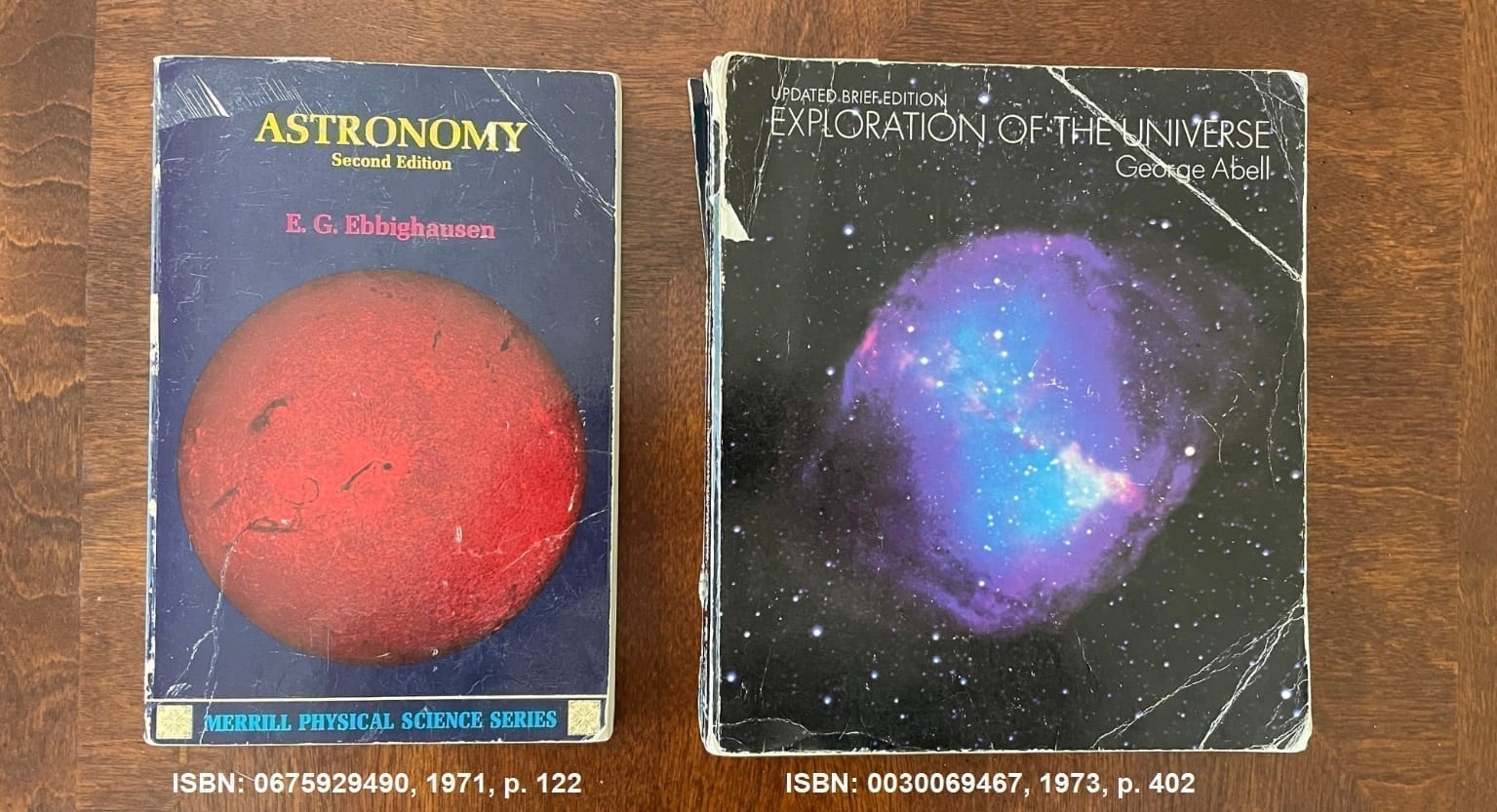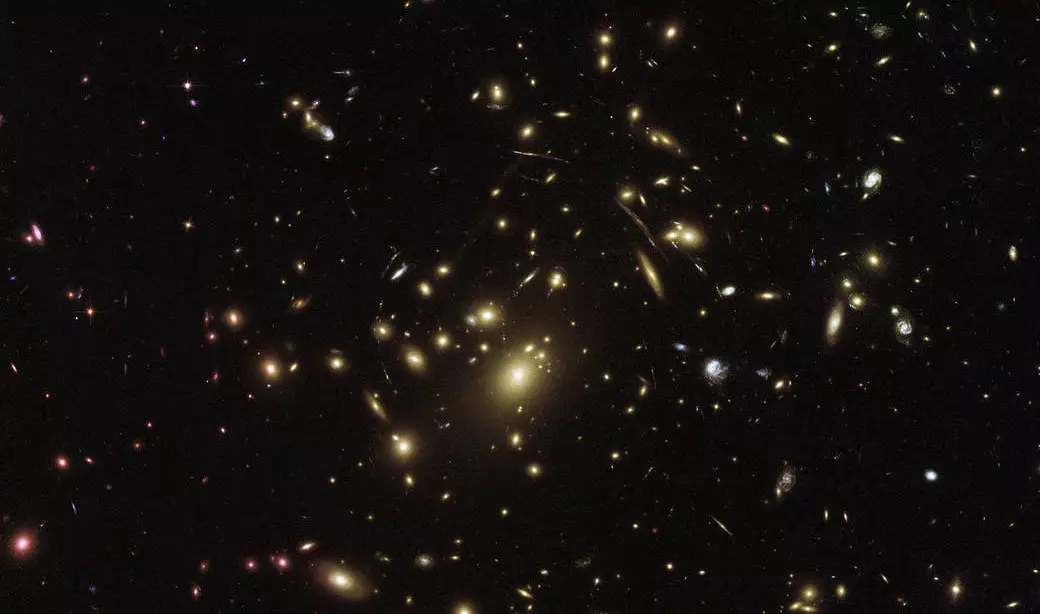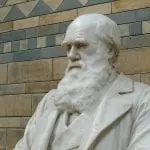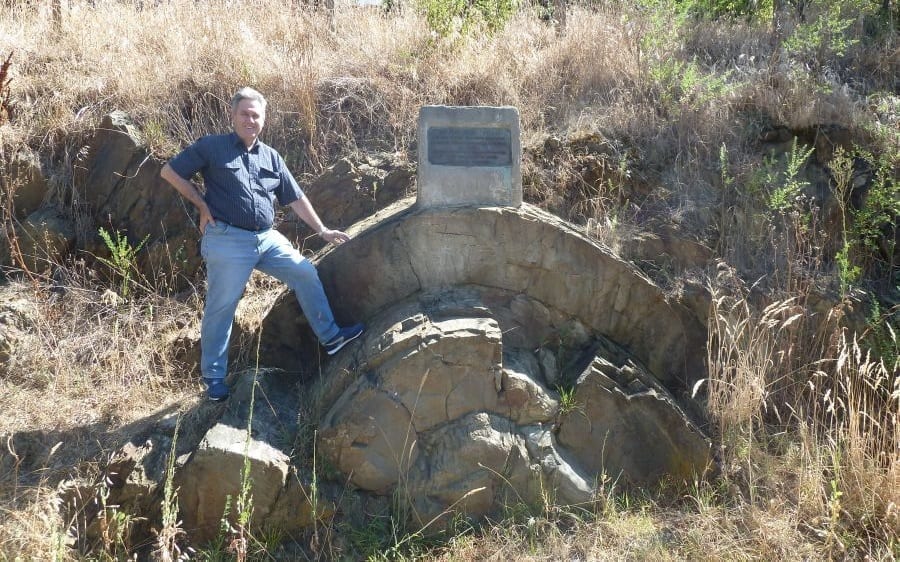The Encounter (With a Creationist Engineer)
It was a complete showstopper; utter nonsense.
I was having lunch with a colleague on faculty with me at the Air Force Institute of Technology. It was in January 1993, and he had mentioned that he believed in the Bible and that he thought the earth was 6 to 10 thousand years old!
I told him, “Rob, nobody believes that!” And he said that I may be right, but had I “considered the science found in the Bible?” After that, though NOT a Christian, I became mildly interested, but I knew—I KNEW—that many stars and galaxies were millions and even billions of lightyears far distant from our little planet due to a constant speed of light, so the earth could NOT be young.
The science was settled… and, at best, the Bible was questionable… I hadn’t darkened the door of a church more than five times since leaving high school.
So began my journey into the creation science paradigm (a worldview underlying the theories and methodology of a particular scientific subject). I became a Christian within 9 months and stood ready to defend the faith and the Bible, including a YOUNG Earth!

But that day in January 1993 with my friend Rob, I went home from work and, as soon as I arrived I checked my two old textbooks to confirm my thought that Rob was wrong, and, indeed, they said he was. Both textbooks indicated the Andromeda Galaxy was 2.2 million lightyears distant, and “c” is the recognized physics constant for the speed of light. Another more current source I checked, a public library astronomy book, said the Andromeda Galaxy was 2.4 MLY distant. Thus, I was assured that Rob was wrong, and I was right. Obviously, when we look at the Andromeda Galaxy, we see it as it was 2.4 million years ago.
So, I decided to “help” Rob get into the 20th century because we weren’t going anywhere toward scientific consensus when he rejected repeatable measurements and established physical constants like the speed of light (SOL).
Plus, I was sure of myself because my passion for astronomy during junior high and high school directed my original desire to become an astrophysicist. I had gone to the University of Oregon following high school graduation in 1973, and my original studies were done in 1973 and 1974 under the direct tutelage of Dr. E. G. Ebbighausen, head astrophysicist in the Northwest at that time and the man who got me the job of Deputy Director of the Planetarium at the Oregon Museum of Science and Industry—South, in Eugene, Oregon.
So, knowing that much about astronomy/cosmology, and the pride all of that entailed, how did I end up agreeing with Rob just several months later?
Engineers Follow the Known Data
Data is the key.
Assumptions are often hidden and forgotten. Engineers are very sensitive to this fact because some famous engineering disasters have happened like the Tacoma Narrows Bridge Collapse. Engineers DO NOT want their designs to fail!
Over several months, Rob and I talked a lot. He gave me videotapes to watch and he introduced me to literature by Drs. Henry Morris, Duane Gish, and Gary Parker. Their books and articles for a group called ICR (the Institute for Creation Research) provided arguments I had never heard about in science fields such as
- Geology: floodwaters, erosion, radiometric dating assumptions/errors, polonium radiohalos
- Biochemistry: origin of life, chemical evolution, the Miller-Urey Experiment, fossils, and
- Biology: transitional forms, embryology, homology.
Wrong dates on recent rock formations—KNOWN DATA—were likely the results of faulty assumptions, assumptions regarding radioactive decay rates and constants. Constants?! Yes, and that really got my attention, especially when I realized radioactivity had only been known about for less than 100 years (began in 1895, Wilhelm Roentgen, Madame Marie Curie).
Then I was introduced to another colleague of theirs, Dr. Donald DeYoung, PhD, Physics, who had written Astronomy and the Bible: Questions & Answers in 1989. I bought and read his book in 1993, and it was foundational to my thought about a “constant” SOL not actually being a constant for all time (I told him so when I met him on 5 OCT ’96 and he signed my copy). His book reminded me that Adam and Eve had an appearance of age as did God’s finished creation (see end of article for more).
Furthermore, in thinking about the SOL constant, the actual measurement data for the SOL had to have a starting point, and the most useful one is from the experiments performed by Leon Foucault in 1862. He calculated a SOL of 298,000,000 meters/second, and that was pretty accurate to today’s accepted value of c = 299,792,458 meters/second.
Graphing the Known Data
Engineers like graphs that focus on actual data truths. Forensic investigators like timeline analysis, as witnessed by modern detective TV shows, where the detectives piece together the known events as they analyze the timeline of the crime being investigated. My goal was to determine the timeline of what we know about the measurement of the SOL.
We’ve had an accurate, scientific value of the SOL confirmed by experiments for 159 years now as of 2021. But the cosmological assumption is that “c,” the mathematical sign for SOL, has been constant for 13.8 billion years. Is this a problem? Short answer: YES.

If you graph this on a classroom whiteboard you get what is shown in Figure 2. Note the x-axis represents time and the y-axis the SOL as a constant speed. With 1-foot equal to 100 years for the x-axis, you have 1.59 feet to represent the 159 years we have to get back to Foucault’s experiment date in 1862. Then the backward extrapolations begin (dashed lines) and must end at 13.8 billion years ago, which is the current assumed age of the universe.
You can see this assumption results in a huge, massive backward extrapolation, more than 26,000 miles, which is even farther than the circumference of the earth—it certainly won’t fit on your whiteboard! No measurement data is available for this extrapolation.
Engineers are not Amused
In engineering, it is rare to extrapolate data beyond about 10% of the actual empirical data before getting worried about failure in the design of the system. Because of this, engineers work diligently to get the system design right and robust without any extrapolation. This graph in Figure 2 would be absolutely unacceptable in their circles.
And that’s what did it for me!
I realized when working with actual data, we do not get a true picture of a constant SOL over billions of years or even thousands. My old textbooks were accepting assumption as fact. And even my textbooks were out-of-date with regards to the distance of the Andromeda Galaxy—today it is another tenth of a million farther distant from earth, at 2.54 MLY. The simple fact is that a constant SOL is only empirically verified for a short period of 159 years within the scientific fields of cosmology and astronomy. (For geology that uses radiometric dating it’s even less… like 100 years.) In addition, this engineer solution aligns well with the exegetically driven “Dasha Theory” spoken of by Dr. Danny Faulkner in his, “The Created Cosmos” 2016 book, ISBN 9780890519738, pp. 216-220. Dasha was also recently written about by Drs. Stuart Burgess and Andy McIntosh, both engineers, in their, “Wonders of Creation” 2018 book, ISBN 9781683441663, pp. 128-129.
To be continued…







